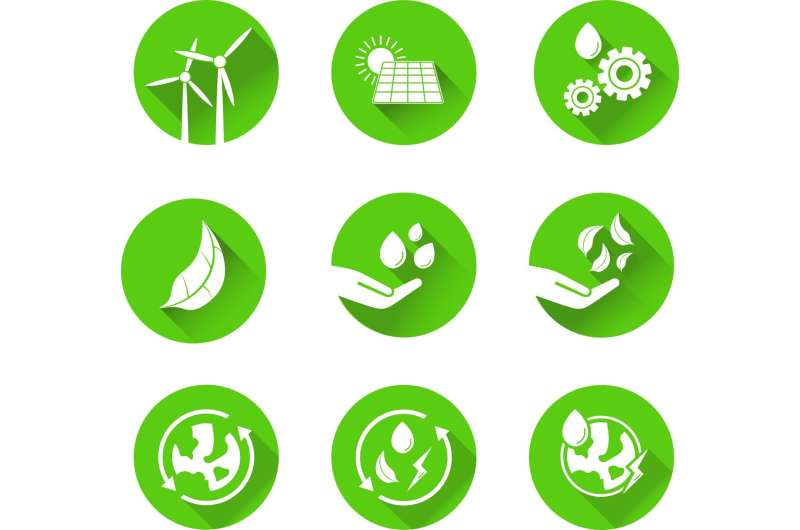Using life cycle assessment to reduce climate impact

The right tools are key to ensure investment decisions that reduce global emissions. This is shown by Helena Nydahl, Department of Applied Physics and Electronics, in her thesis "Communication of Life Cycle Assessment Results—Life Cycle Key Performance Indicators," which will be defended on October 10 at Umeå University, Sweden.
"Prominent climate scientists argue that global emissions must reach zero by 2050 to avoid permanently damaging our possibilities on earth. But how can you know whether your choices contribute positively or negatively to the climate? One important tool for calculating a product's climate impact is life cycle assessment," says Helena Nydahl.
How big is the climate impact of this particular product? Are there steps in the manufacturing process of the product that have a particularly large carbon footprint? Are there equivalent products with a lower carbon footprint? These are the kinds of questions that a life cycle assessment can answer.
"More and more people in both the private and public sectors are starting to use life cycle assessment as a decision-making tool. This is a positive development, but for life cycle assessment to become a tool that is widely used by all types of decision-makers, perhaps even by the average person, the understanding and interpretation of the assessment results is crucial. In order to make choices that reduce global emissions, you need to understand the results of a life cycle assessment. However, at present that can be difficult if you are not an expert," says Nydahl.
Research in the area of understanding and interpreting life cycle assessment results is limited. At the same time economic sustainability is often highly valued by decision-makers. Therefore, Nydahl's thesis aims to contribute to the development of guidelines for interpreting life cycle assessment results, by introducing a communication approach for life cycle assessment results that is consistent with the economically driven nature of decision makers.
In her thesis, she presents key figures that quantify life cycle economic and environmental impacts in a way that that is inspired by traditional economic key figures of decision makers through, for example, social cost of carbon.
"Hopefully, this approach can increase the use of life cycle assessment as a tool in decision-making and at the same time increase the understanding of the results that the tool provides," says Nydahl.
More information: Communication of life cycle assessment results: life cycle key performance indicators. umu.diva-portal.org/smash/record.jsf?pid=diva2%3A1693808&dswid=-6069
Provided by Umea University



















